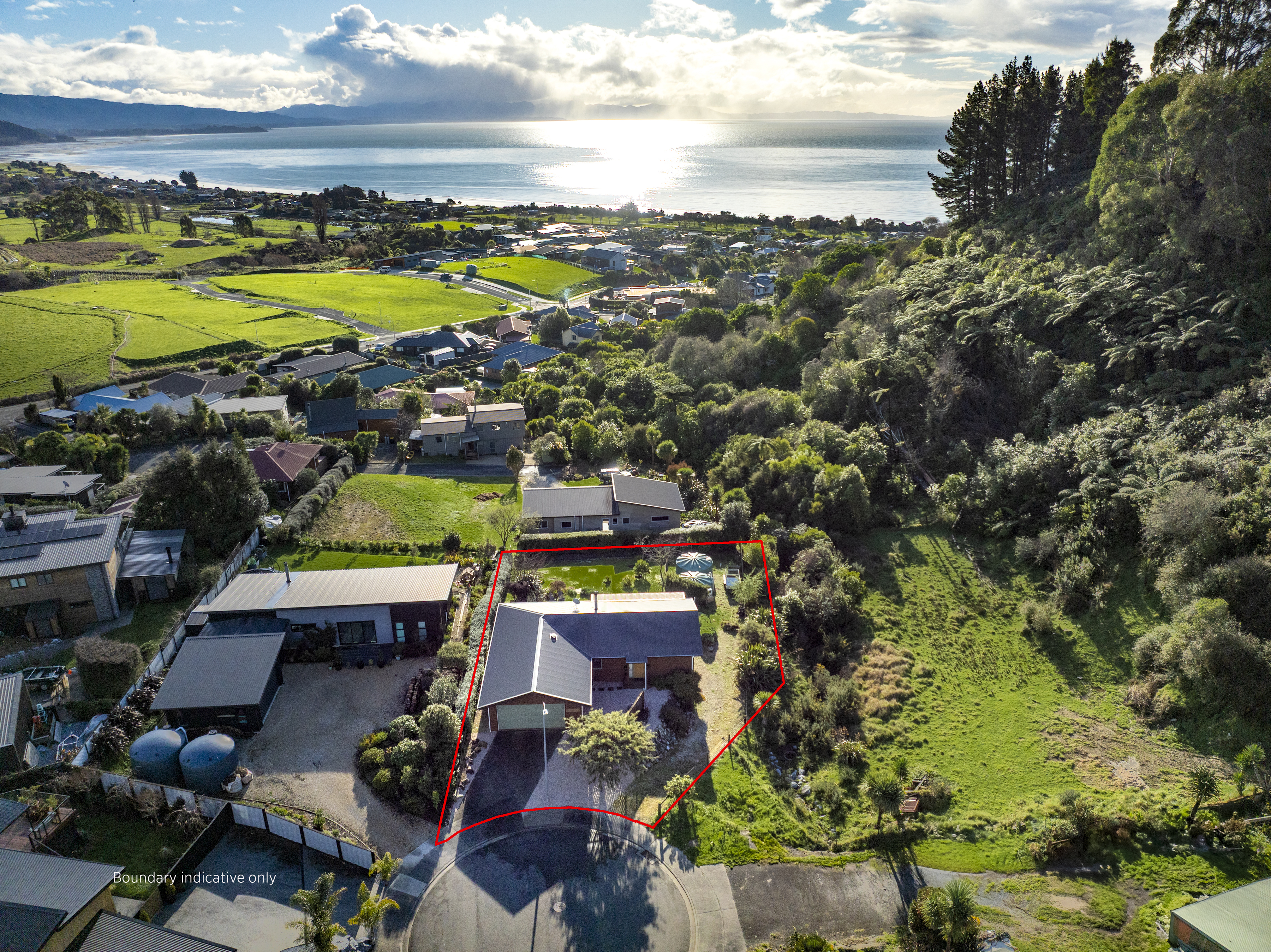MoMortgagee sales have fallen to their lowest levels in more than a decade, thanks to low interest rates and a healthy job market.
Mortgagee sales remained low at 249 for the year through to September, according to new data from analysts CoreLogic.
This was 55 fewer than the same period last year and 2367 fewer than in 2009 when the Global Financial Crisis sent a crash through New Zealand's housing market.
Every region in NZ but one saw declines in the level of mortgagee sales in this year. Canterbury and Manawatu-Whanganui and Waikato saw the biggest drops on 2017 figures - 69 percent, 62.5 percent and 32.5 percent respectively.
Start your property search
The West Coast was the only region to record an increase on 2017 figures, up one to 22 so far this year. However, despite lagging behind many regions economically, the West Coast's level of mortgagee sales has been fairly consistent since 2011, hovering around the 20 mark.
However, West Coast Regional Council chairman Andrew Robb said the Buller District had been hit hard recently with close to 1800 jobs being lost in the town of Westport due to cutbacks at coal miners Solid Energy and cement works Wholesome.
The Tasman-Nelson-Marlborough region, Otago and Southland had the lowest number of mortgagee sales in the 2018, with all three recording just three. Auckland recorded the highest number, at 43 - compared to 48 for the entire 2017 year and 1183 in 2009.
Mortgagee sales take place when a bank or lender sells the house of a person who was unable to meet the cost of paying their home loan.
Home owners were most at risk of this when high interest rates forced them to pay more money to the bank or when they lost their jobs or didn't earn enough, CoreLogic head of research Nick Goodall said.
But this was in contrast with New Zealand's current near-record low interest rates, low unemployment and strong "jobs growth".
So we would need some sort of direct shock to see a rise in interest rates and increase in job losses ... to see a lift in the number of mortgagee sales," he said.
ASB chief economist Nick Tuffley backed this, saying if we were to look "for anything to upset the apple cart", it would likely be a shock from overseas.
"Most of the major recessions we've looked at have had a component where something nasty has happened overseas that has sometimes coincided with something locally, like a drought," he said.
"And two or three separate events can at times slow the economy down markedly."
He said that - ahead of the 2008 financial crisis - Kiwi home owners were already battling fixed interest rates as high as 10 per cent, before unemployment essentially doubled during the turmoil that followed.
By contrast, New Zealand was in better shape now.
"Where we are standing is still extraordinarily low interest rates, while debt servicing as a share of New Zealanders' income is way down from the peak that we got to in the period leading up to the financial crisis," he said.
"So there seems to be quite a bit of a buffer there."
Most Kiwi banks also held low ratios of home loans at risk of default, according to the Reserve Bank.
ANZ bank had the highest ratio of the major banks with 0.3 per cent of its $74 billion worth of home loans being impaired or at least 90 days overdue.













































































